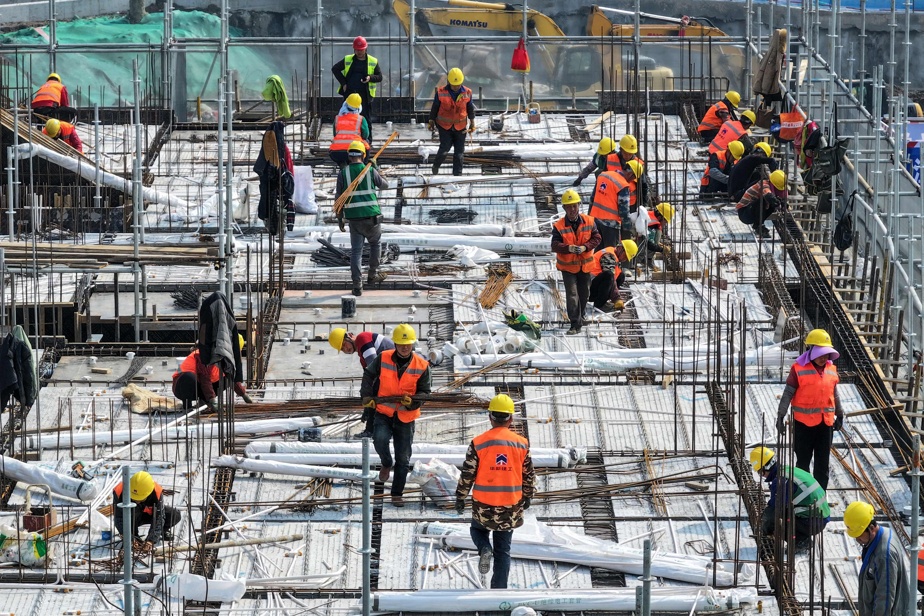(Beijing) Consumer prices in China increased in February by 0.7% year-on-year, marking the country’s exit from deflation for the first time in six months, according to official figures released on Saturday.
The world’s second-largest economy experienced its biggest fall in prices in 14 years in January, in contrast to the situation in the main economies, particularly Western ones, which are prey to inflation and a decline in purchasing power. part of their inhabitants.
The inflation figure in February is higher than the expectations of analysts polled by the Bloomberg agency, who forecast 0.3%.
Prices are generally boosted by the Lunar New Year festivities, the main family reunion of the year and period of great consumption, which fell in February this year.
According to the National Bureau of Statistics (NBS), the prices of food, tobacco and alcohol are still falling, by 0.1% year-on-year, but other product categories are showing an increase, notably in education, culture and entertainment (+3.9%), services (+3%) and clothing (+1.6%).
China slipped into deflation in July 2023, for the first time since 2021. After a brief rebound in August, prices had been in constant decline since September.
“I think it is too early to conclude that deflation in China is over,” however, warns economist Zhiwei Zhang of Pinpoint Asset Management.
Because “if we compare the average inflation of the first two months of this year to that of the same period of last year, prices have remained stable,” he underlines.
While a decline in prices may seem like a good thing for purchasing power, deflation is a threat to the economy because consumers tend to postpone purchases in the hope of further declines.
Due to a lack of demand, companies are then forced to reduce their production and agree to new discounts to sell off their stocks.
This situation, which weighs on their profitability, pushes them to freeze hiring or to lay off workers: economists speak of a harmful spiral because this phenomenon is an additional brake on consumption.
“Weak domestic demand”
In addition to sluggish consumption, activity is penalized in China by a real estate crisis, high unemployment among young people and the global economic slowdown which is weighing on demand for Chinese goods and therefore factory activity.
China has several times announced measures to save its real estate sector but the results have so far had little effect.
“Domestic demand is still quite weak,” notes Zhiwei Zhang and “sales of new apartments have not yet stabilized.”
As Beijing holds its annual parliamentary session this week, the economist observes that this was an opportunity to announce a “more proactive fiscal policy”, but “it takes time for the budgetary impulse to be transmitted to the economy and helps domestic demand recover.”
Over the whole of 2023, inflation in China increased by an average of 0.2%, far from the rates recorded in the main economies – such as in France where it reached 4.9%.
The objective set by the Chinese government for 2024 is inflation at 3%, as well as growth around 5%, one of the lowest figures in decades and a reflection of an economy which has struggled to revive since. the COVID-19 years.
For its part, the producer price index (PPI) contracted again in February (-2.7%) for the 17e consecutive month, the BNS announced on Saturday.
This index, which measures the cost of goods leaving factories and gives an overview of the health of the economy, was already down 2.5% in January.
Over the whole of 2023, it fell by 3%.
Producer prices in the red are synonymous with reduced margins for companies.
